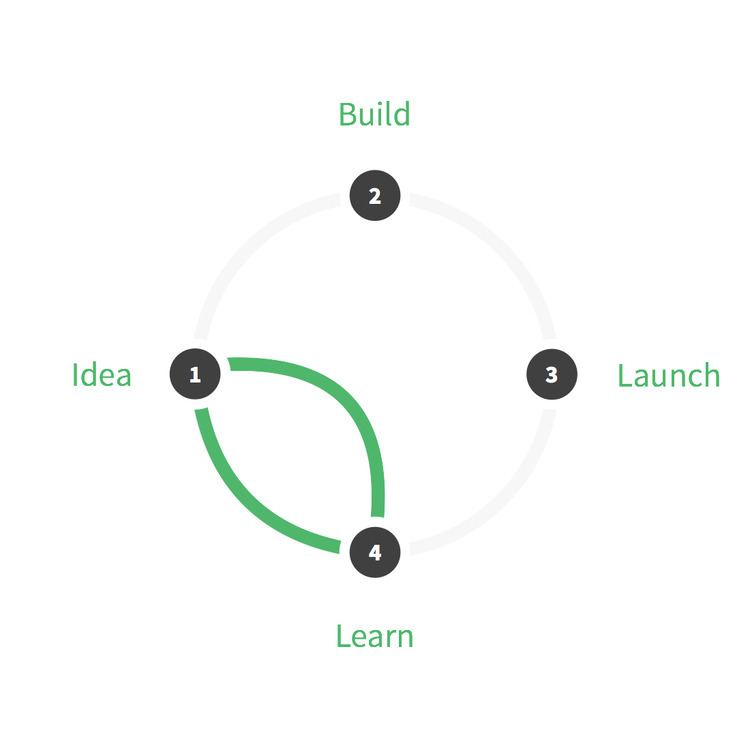 | ||
A Design sprint is a time-constrained, five-phase process that uses design thinking to reduce the risk when bringing a new product, service or a feature to the market.
Contents
- Examples of situations that invite a Design Sprint
- Phases
- Deliverables
- History
- Team
- 2016
- Case studies
- References
With more than 500 new apps entering the market every day, what does it take to build a successful digital product?
This process helps the team in clearly defining goals, validating assumptions and deciding on a product roadmap before one line of code is written. Main pillars of this process: Business strategy, interdisciplinary collaboration, rapid prototyping, and user testing. This design process is similar to Sprints in an agile development cycle that incorporates the same principles of learning early. Design sprints typically last one week.
Examples of situations that invite a Design Sprint
Phases
Before the Design Sprint, prepare by picking the proper team, environment, materials and tools.
- Understand: Discover the business opportunity, the audience, the competition, the value proposition, and define metrics of success.
- Diverge: Explore, develop and iterate creative ways of solving the problem, regardless of feasibility.
- Converge: Identify ideas that fit the next product cycle and explore them in further detail through storyboarding.
- Prototype: Design and prepare prototype(s) that can be tested with people.
- Test: Conduct 1:1 user testing with (5-6) people from the product's primary target audience. Ask good questions.
Deliverables
The main deliverables after the Design sprint:
History
Design sprints have been refined by GV (formerly, Google Ventures) and have roots at IDEO and the d.school (Institute of Design at Stanford).
Team
The ideal number of people involved in the sprint is 4-7 people and they include the facilitator, designer, a decision maker (often a CEO if the company is a startup), product manager, engineer and someone from companies core business departments (Marketing, Content, Operations, etc.).
2016
2016 was the year of the first Sprint Day (March 8) and Sprint Week (April 18—22) where more than 400+ teams joined in including TIME, YouTube, and Frog Design.
Case studies
Examples of industries and problems that have successfully used this process in the past:
